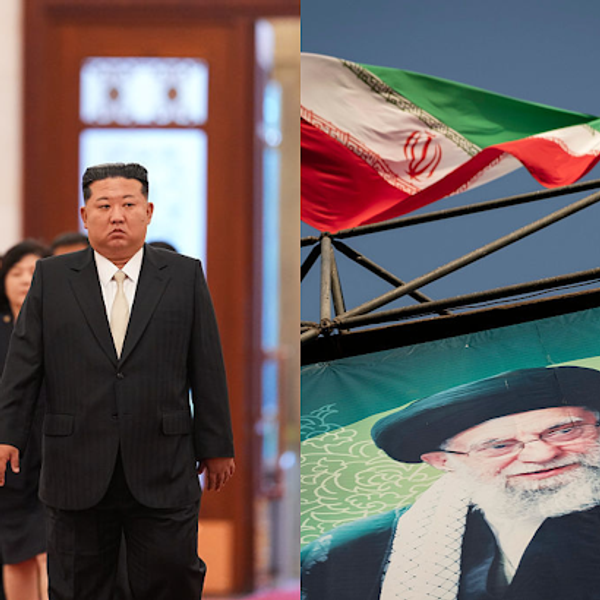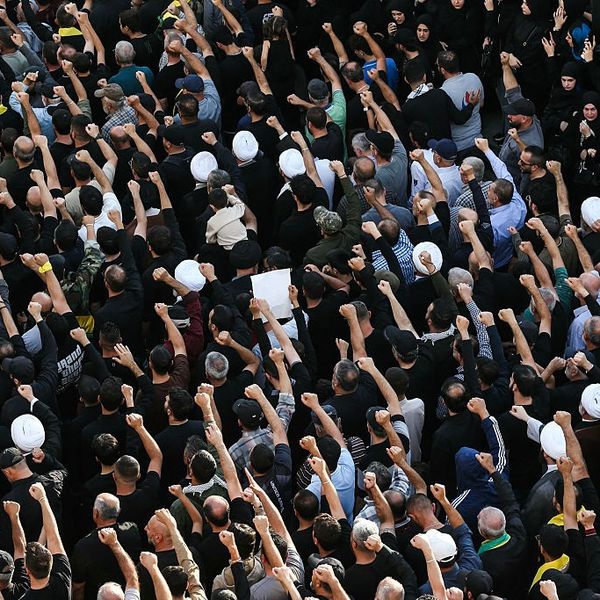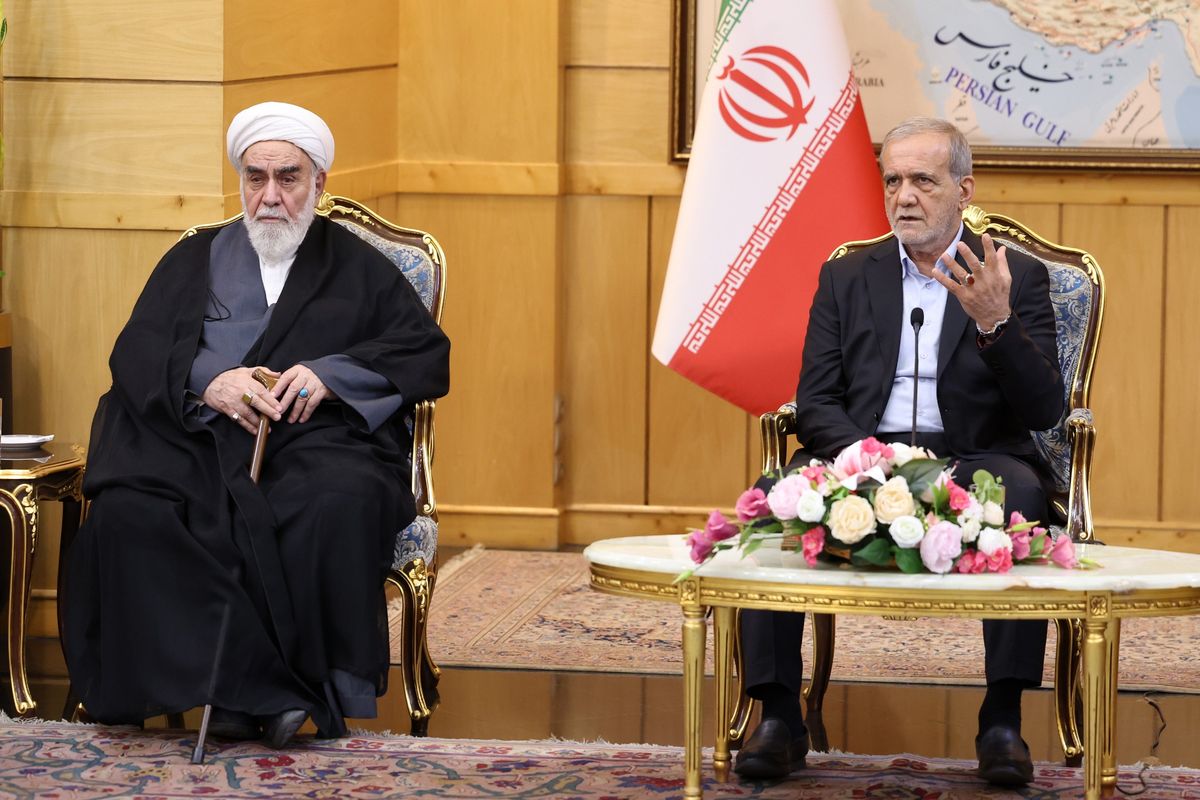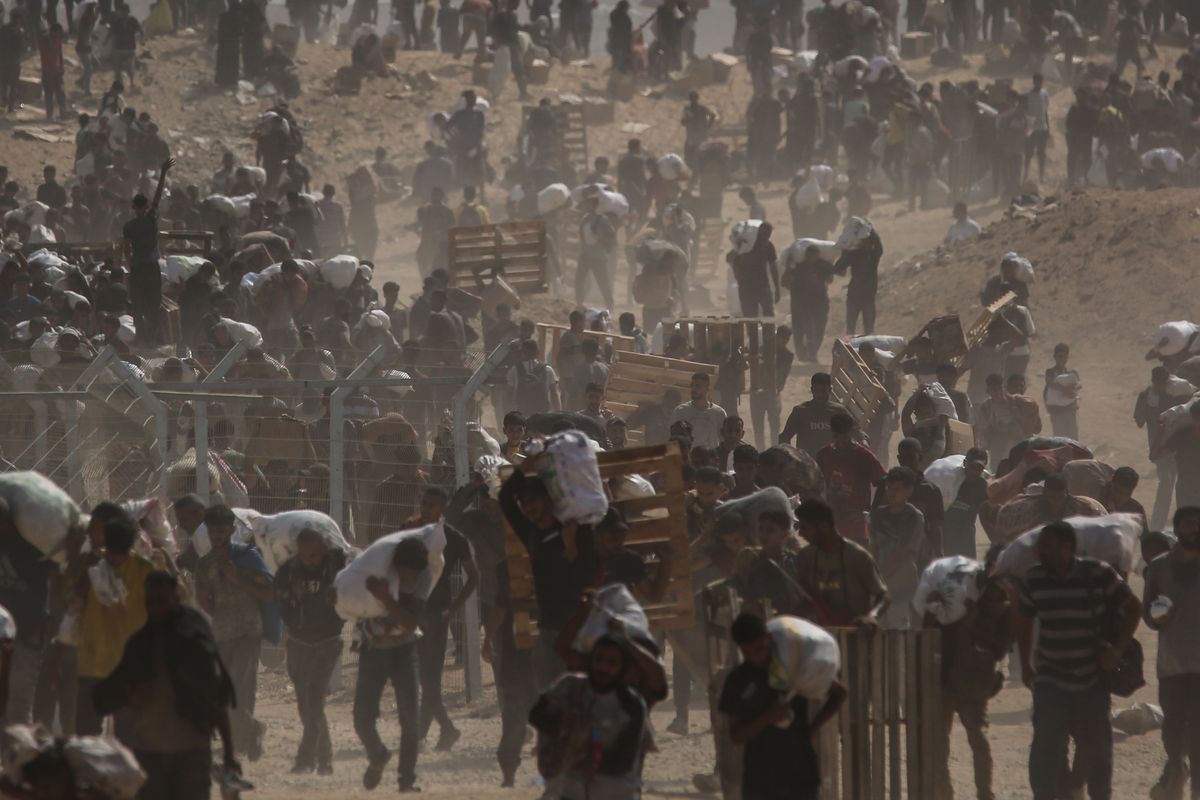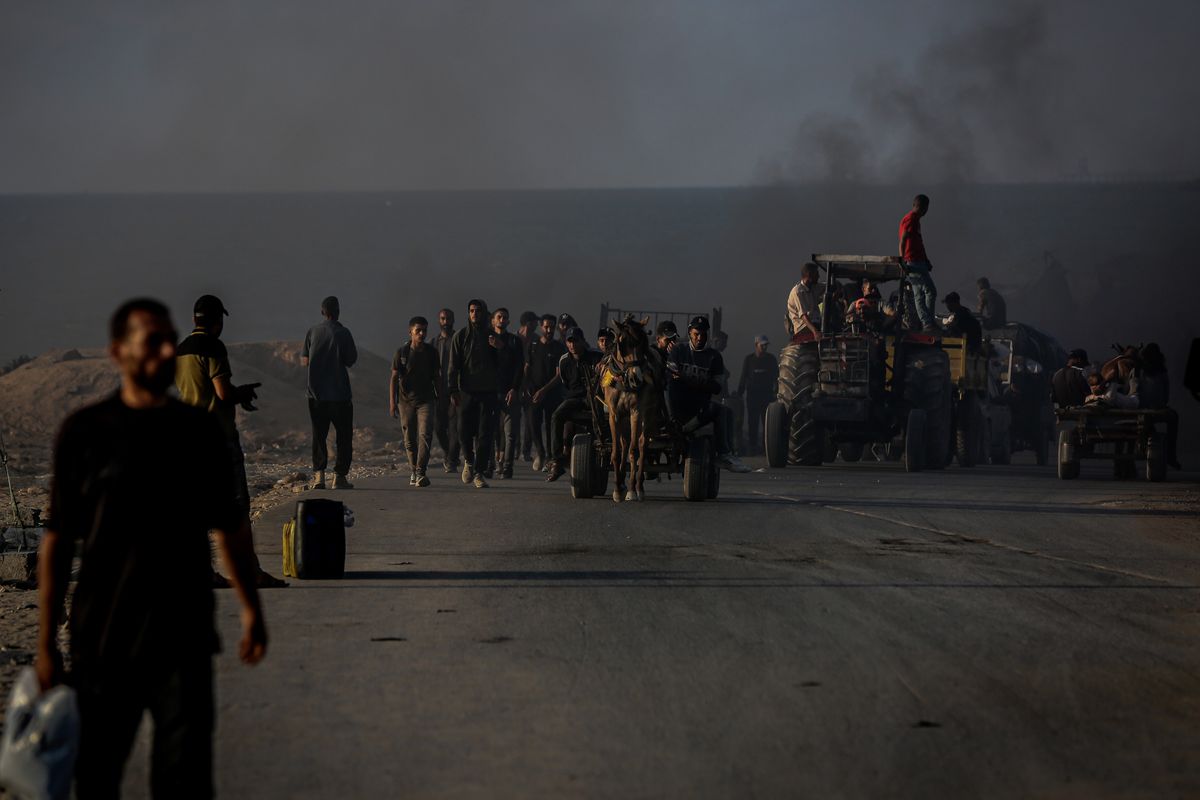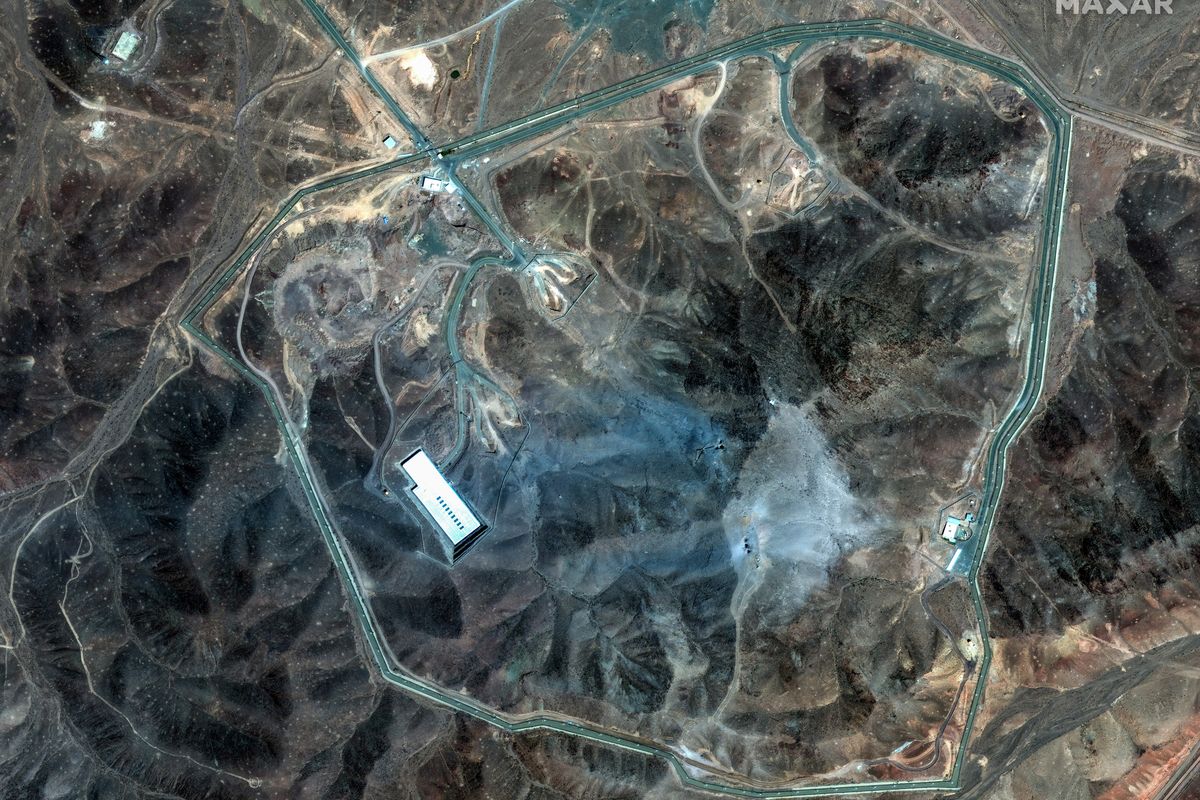Cipher Brief expert Norman Roule – a former CIA Mideast hand and DNI Iran Mission Manager – calls the demonstrations in Iran possibly the most significant since the 1979 revolution. He offers a look at how the protests are playing out and what might be ahead, in an interview with Executive Editor Kim Dozier adapted for print below, originally published on January 3.
The Supreme Leader Ayatollah Ali Khamenei and President Hassan Rouhani both are saying that the protests were spurred by enemies inside and outside the country. What are they trying to do?
Well first, I think what you’re seeing is a very tired revolution at play. When an autocratic government blames external forces for violence and unrest in its country, you have a pretty good indication that the government is no longer responsive to the people and its only option is to blame outsiders. The Supreme Leader’s words and Rouhani’s words regarding foreign intervention will fall flat, and probably will make them appear tone deaf to the very real grievances of their people.
How about the comments from President Donald Trump condemning the crackdown on the protests? Will that help?
Well, I think it’s appropriate…that the United States – in concert with its partners in Europe, the Gulf and Asia – makes it clear that we are against violence directed against peaceful protesters. It’s appropriate also that we make it clear that we oppose Iran’s use of violence throughout the region. I think we want to be careful about making ourselves any part of the conversation of what should be an Iran issue, an Iran narrative. At the same time, I’m not sure that President Trump’s comments will have a tangible impact on the ground in Tehran.
Could it risk discrediting those protesters?
Well, that’s a common view among Western pundits, and I think it’s reasonable to say that, should the United States or any foreign power openly side with a particular demonstrator or event, you run that risk. But we should also remember that Iran’s government always claims foreign governments are behind unrest. I have seen one recent interview with the head of Iran’s National Security Council in which he claims more than a quarter of the protesters are from Saudi Arabia.
It is even likely that the Supreme Leader and Iran’s military will believe that to be the case, no matter what anyone says or doesn’t say. So, I think we need to be careful of both involving ourselves in what must be an Iranian story, but at the same time, overplaying amongst ourselves the extent to which such comments can impact or change Iranian behavior.
President Barack Obama back in 2009 was slow to condemn the crackdown on protesters that time. Was that a mistake?
Well, I’m not sure that the administration of President Obama would say that they were slow in addressing events in Iran. They might say that they adopted a measured and careful approach. As I have noted, I’d say that U.S. statements in support of demonstrations in Iran have little tangible impact on the ground. I think you have to ask, had the Obama Administration made robust statements, what would this have really meant on the ground? I want to separate what Iran’s Foreign Ministry spokesmen complain about and what happens on the streets behind the barricades.
What do you think will happen next? These protests don’t seem to have a leader. Will they peter out?
Well, the crowds remain leaderless, absent a rudder. The demonstrations probably vary in size depending on the city, and social media isn’t always the most accurate lens to measure crowd size. This is reminiscent of what took place in other countries in the early days of the Arab Spring. The regime has shut down as much of the internet as possible, as it appears social media has played a powerful role in organizing and unifying the demonstrators. But the persistence of the demonstrations in so many cities must be a terrific problem for Iran’s security forces.
You have to imagine that Iran’s security forces—which in 2009 were able to concentrate their capacity on the capital and a few major cities—must now decide to which city they will send their best forces to protect key institutions and players and put down demonstrations. This is going to take a while.
I think that we’re going to see continued violence. The regime statements are becoming increasingly ominous, and a crackdown appears imminent. If so, I think that could take events in a variety of directions, to include the creation of national martyrs from among the protesters. We also have seen no “Ayatollah Yeltsin,” i.e., a member of Iran’s elite who decides to stand with the demonstrators to provide a unifying force to bring them together.
Let me add one more thing: Iran’s revolutionary fabric is based on a social promise. The revolution is meant to bring social justice to the people. That narrative has been fractured. The Supreme Leader no doubt saw his stature as Supreme Leader shaken in 2009; today’s unrest represents another terrific blow to that image.
What do you think these protests mean for the next round of elections in Iran?
The probable next inflection point will be the successor to the Supreme Leader himself. There have been press reports that his health has been poor for several years, and he probably wonders—and the IRGC wonders as well—what his passing will mean for the revolution. I think it must be pretty galling to the Supreme Leader that some of the protesters are calling for his removal. There have been videos of his posters—his billboards–being torn down.
I think it must be especially galling that some protesters have called for the return of the Pahlavi [monarchy], while other protesters pointed out that living conditions in Saudi Arabia, the United Arab Emirates and other Gulf states are so much better than those in Iran.
The Supreme Leader must consider all of this in terms of his transition and must have a very sour feeling about his world. And rightfully so. The revolution has failed. It is in its last and final stage. It is corrupt, it is inefficient, it is a bloated bureaucracy. Two years after a nuclear deal that was supposed to bring economic prosperity, the modest economic improvements have failed to satisfy the broad population. I think the IRGC and the Supreme Leader and those around him are probably wondering what they are going to do to shape events to protect their goals in the transition to the next Supreme Leader.
We should also ask what will this mean for Rouhani, because Rouhani, who is sometimes seen as a dark horse to be the next Supreme Leader, does not come off very well in these events. In his Dec. 10 budget speech, he simultaneously encouraged the population to speak up for their rights while putting forward a budget that proposed severe subsidy cuts, which would hurt the average Iranian, while providing generous payments to the military. In the eyes of some of the protesters, he is little different from the Supreme Leader and the IRGC. This must be particularly unpleasant for a man who won the last presidential election in a way that cast him in the eyes of many as a potential reformer.
On that note, unclear future for the protests, but also an uncertain future for the current political regime?
I would say the protests are going to linger. But they could go in a couple of different directions based upon events that are probably beyond anyone’s control, in terms of the extent of any uptick in protester violence and excessive force or missteps by security forces. I think that in terms of the regime itself, there is no indication that the size of the protests is sufficient to cause the regime to collapse, nor is there evidence that security forces are beginning to fall apart, refuse to obey orders, or join the protesters.
Therefore the regime will likely linger, perhaps for years. But I think, in the end, Iran’s political and social fabric will have been changed by these events. This is the most dramatic unrest Iran has seen since 1979, and that is something that the regime will not be able to paint over.



